
Dominica, often called the Nature Isle of the Caribbean, is a lush, mountainous gem situated in the Eastern Caribbean Sea, nestled between the French islands of Guadeloupe to the north and Martinique to the south. With its rich history, vibrant culture, and unspoiled landscapes, Dominica offers both visitors and locals a story of resilience and pride.
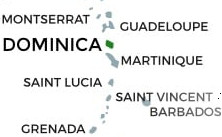
Early Inhabitants & Indigenous Heritage
Dominica was first settled by the Arawaks, who arrived by the South Equatorial Current from the Orinoco River in South America. Descendants of the early Taínos, they were later replaced by the Kalinago (Caribs) around the 14th century. The Kalinago named the island Wai‘tu kubuli, meaning “Tall is her body,” a tribute to its towering mountains.
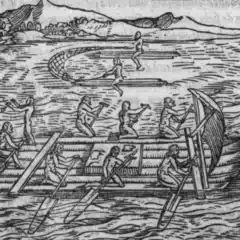
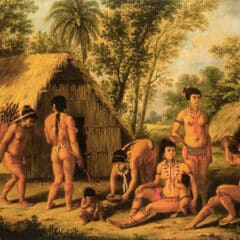
Colonial Encounters
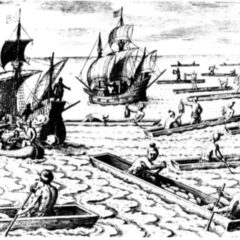
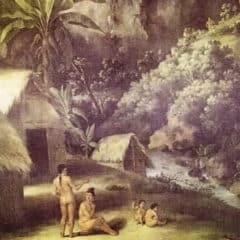
Christopher Columbus an Italian explorer and navigator was the first European to encounter Dominica on November 3rd 1493 on his second voyage of four. He named the island Dominica (latin for Sunday). While not having landed on the island he took note of it. The Spanish which had funded Christopher Columbus explorations later tried to settle the island but were fiercely fought away by the inhabitants, the Caribs.
European interest in Dominica began in the 1600s. Although claimed by France in 1632, no permanent settlement was made until the late 17th century. The first recorded European visitor was Raymond Breton, a French missionary, in the 1640s.
In 1660, both France and England agreed to leave Dominica and nearby St. Vincent as neutral territories for the Caribs. However, its dense forests and rich resources eventually drew rivalry, particularly in timber harvesting.
By 1690, French woodcutters from Martinique and Guadeloupe had settled, bringing enslaved Africans to support their growing camps. Small French farmers, displaced after uprisings in Martinique, migrated to Dominica in 1715, establishing small holdings in the south. By 1727, under Commander Le Grand, Dominica officially became a French colony, with coffee plantations and further reliance on enslaved African labor.
Shifts Between France & Britain
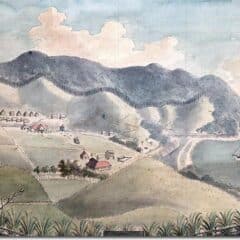

Dominica changed hands several times:
- 1761: Captured by Britain during the Seven Years’ War.
- 1763: Officially ceded to Britain under the Treaty of Paris.
- 1778: Retaken by France with strong local support during the American Revolutionary War.
- 1783: Returned to Britain, where it remained despite failed French invasions in 1795 and 1805.
The 1805 invasion left much of Roseau in ruins after widespread burning.
Representation & Social Progress
Under British rule, governance slowly evolved:
- 1763: A legislative assembly was formed, but only for the white planter elite.
- 1831: The Brown Privilege Bill granted free nonwhites political rights.
- 1832: Black legislators were elected.
- 1838: Following abolition, Dominica became the first British Caribbean colony with a Black-controlled legislature.
However, planter resistance and British restructuring reduced local power, culminating in the return to Crown Colony government in 1896.
Toward Self-Government
Political awareness grew in the 20th century. Reformers steadily gained more seats, and Dominica joined the West Indies Federation in 1958 before becoming an Associated State of Britain in 1967. Leaders such as Edward Oliver LeBlanc and Patrick John guided the island closer to sovereignty.
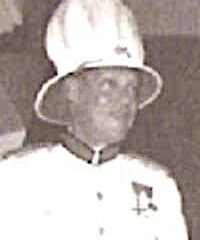

Independence & Early Struggles
On November 3, 1978, Dominica became an independent nation. The years that followed were challenging:
- 1979: Hurricane David devastated the island.
- 1980: Political unrest was eased with the election of Dame Eugenia Charles, the Caribbean’s first female Prime Minister, who gained global recognition for her leadership. Under the Dominica Freedom Party which was established in 1968 she remained the Prime Minister from 1962 to 1995.
- 1995: The United Workers Party established in 1988 by Edison James won the election with leader Edison James at the helm and remained in power until being being beaten by a coalition of the Dominica Freedom party and the Dominica Labour Party in 2000.
- 2000: After the Labour and Freedom Party coalition won the election Roosevelt “Rosie” Douglas became the Prime Minister until his passing on October 1, 2000, leaving the island in mourning. Pierre Charles was then sworn in and remained in office until his passing on January 6, 2004. Foreign Minister Osborne Riviere acted as the prime minister for two days until Education Minister Roosevelt Skerrit was sworn in as the Prime Minister and leader of the DLP and after 25 years remains in power as the leader of the Dominica Labour Party.
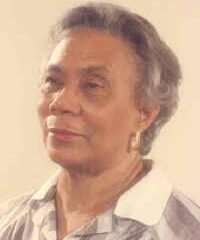
Dame Eugenia Charles
Natural Disasters & Resilience
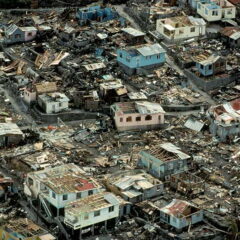
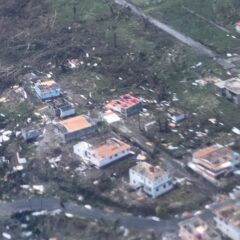
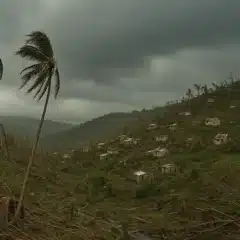
Dominica has faced repeated natural disasters, from Hurricane David (1979), Hurricane Allen (1980) to the catastrophic Hurricane Maria (2017). Despite these challenges, Dominica continues to rebuild with a focus on climate resilience.
Today’s Dominica
Modern Dominica is known for its untamed beauty, hot springs, waterfalls, and cultural heritage. Politically, the Dominica Labour Party (DLP) under Prime Minister Roosevelt Skerrit has led the country since the early 2000s, emphasizing sustainability and resilience.
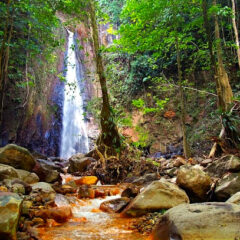
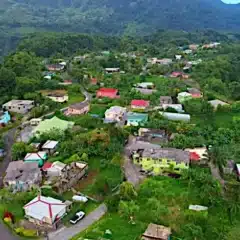
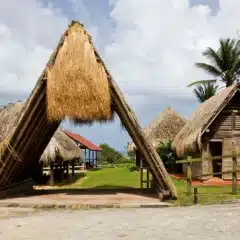
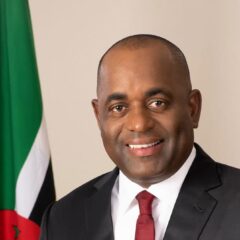
Each year on November 3rd, Dominica’s Independence Day is more than a national holiday—it is a celebration of centuries of endurance, identity, and pride.
From indigenous roots to independence, Dominica’s story is one of resilience and strength. Whether you explore its history, hike its peaks, or experience its culture, you’ll find that this Nature Isle truly lives up to its name.

